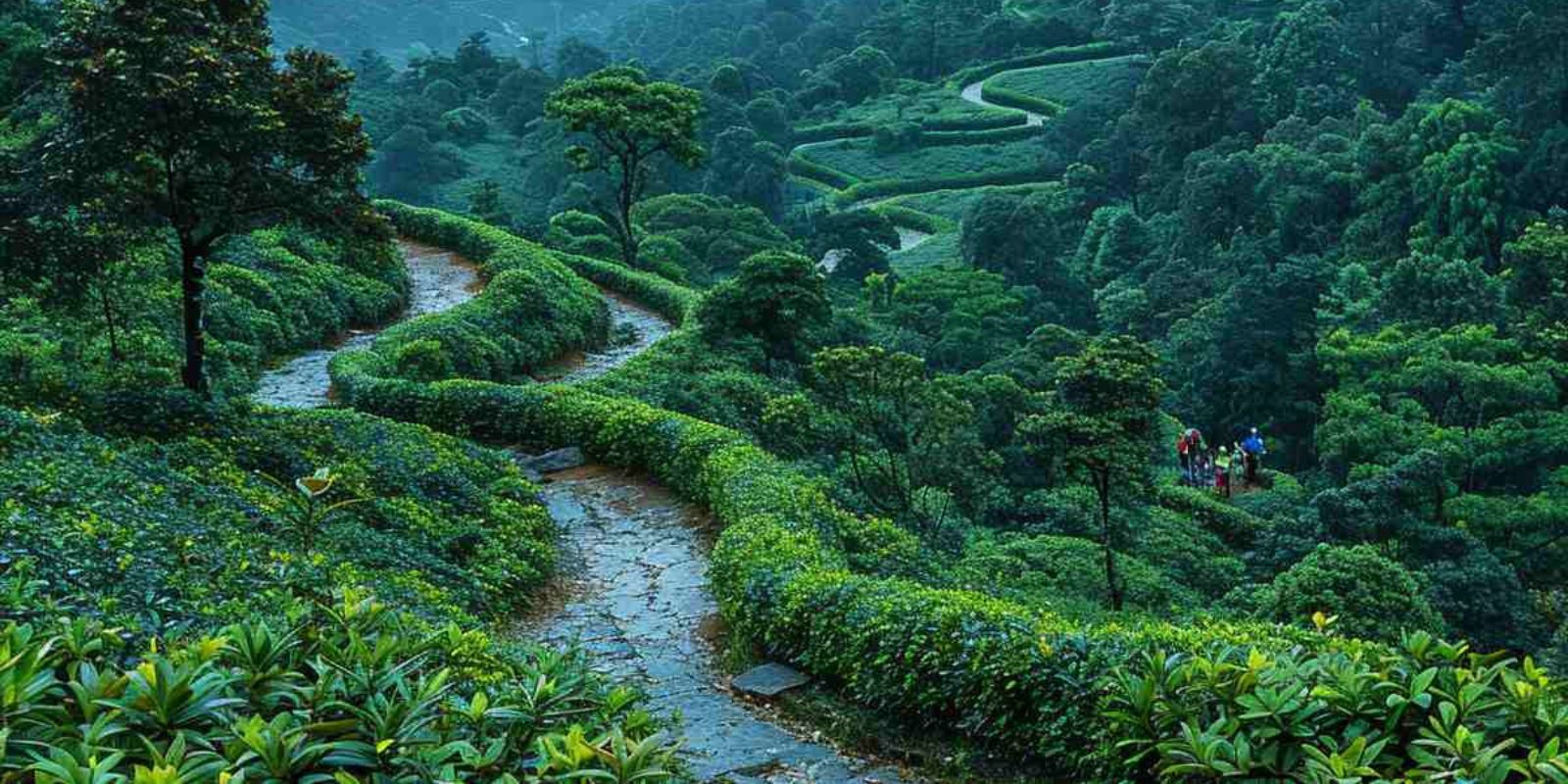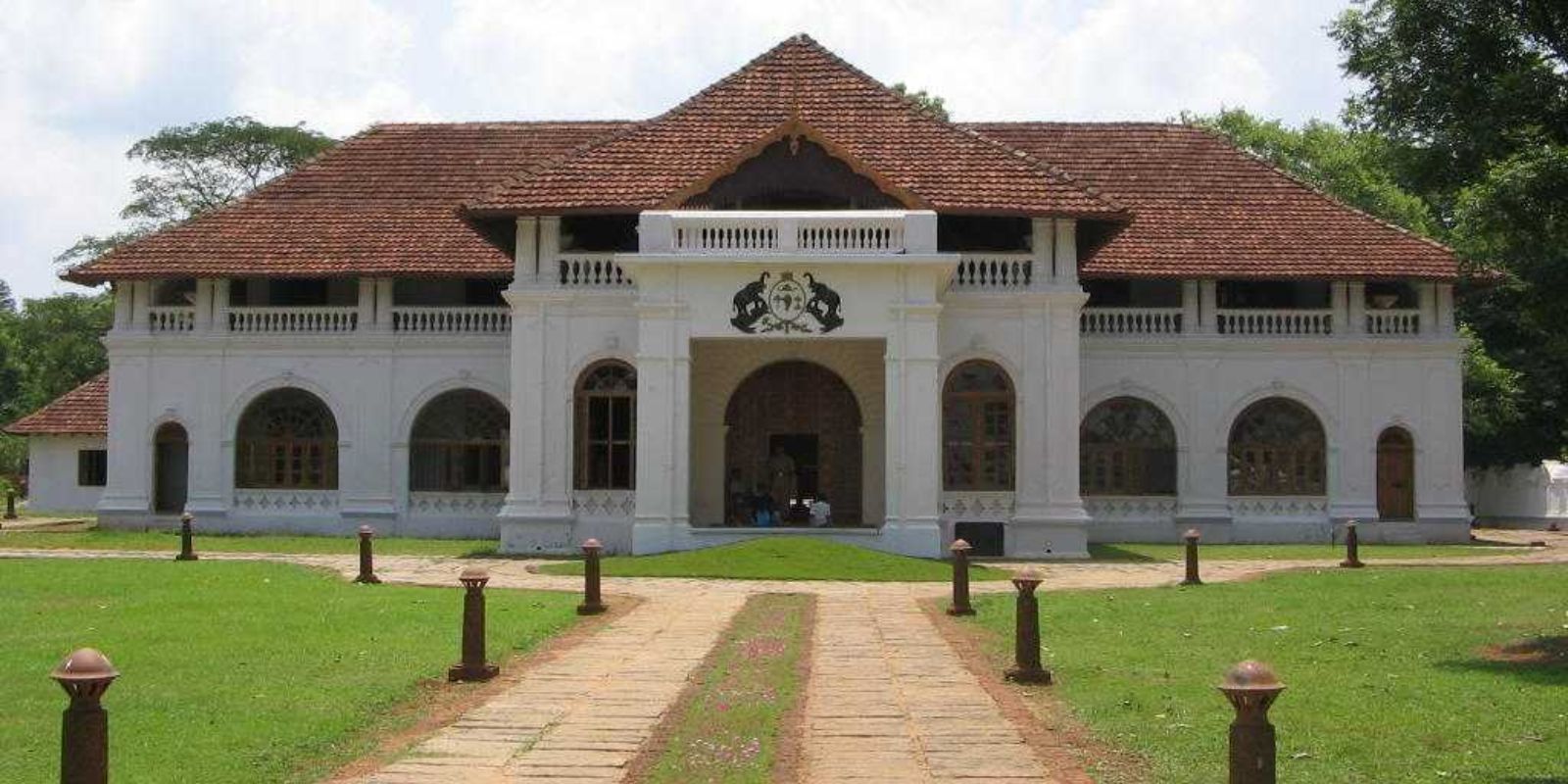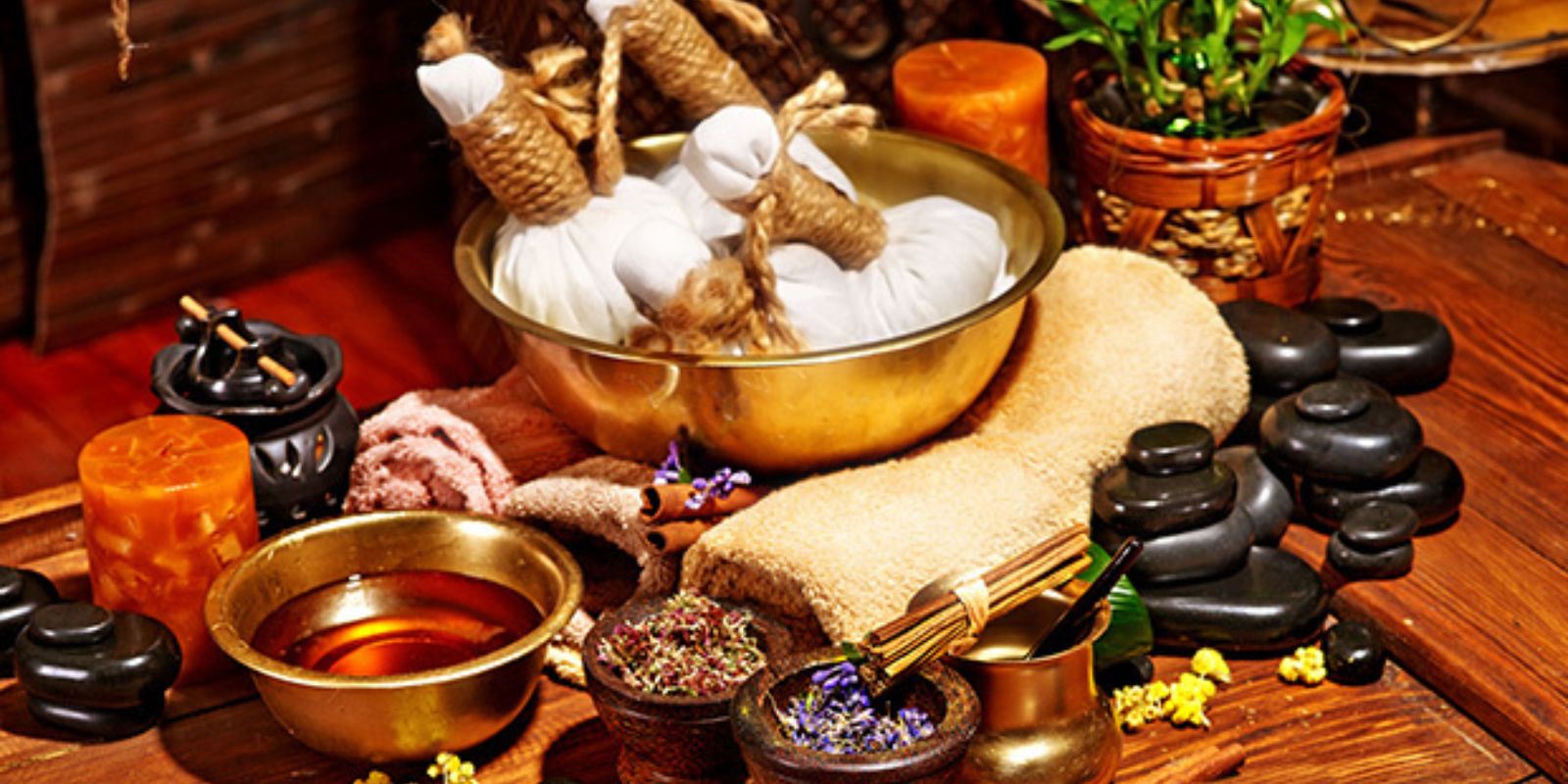Beyond bustling towns and hurried paths lies Padmanabhapuram, a quiet wonder wrought in wood and spirit. Here, teak walls breathe the scent of ancient forests, and sunlight filters through latticework like whispered prayers. The Palace invites the seeker not just to look, but to listen—to the gentle hymn of craft, time, and devotion intertwined.
Why This Experience Matters
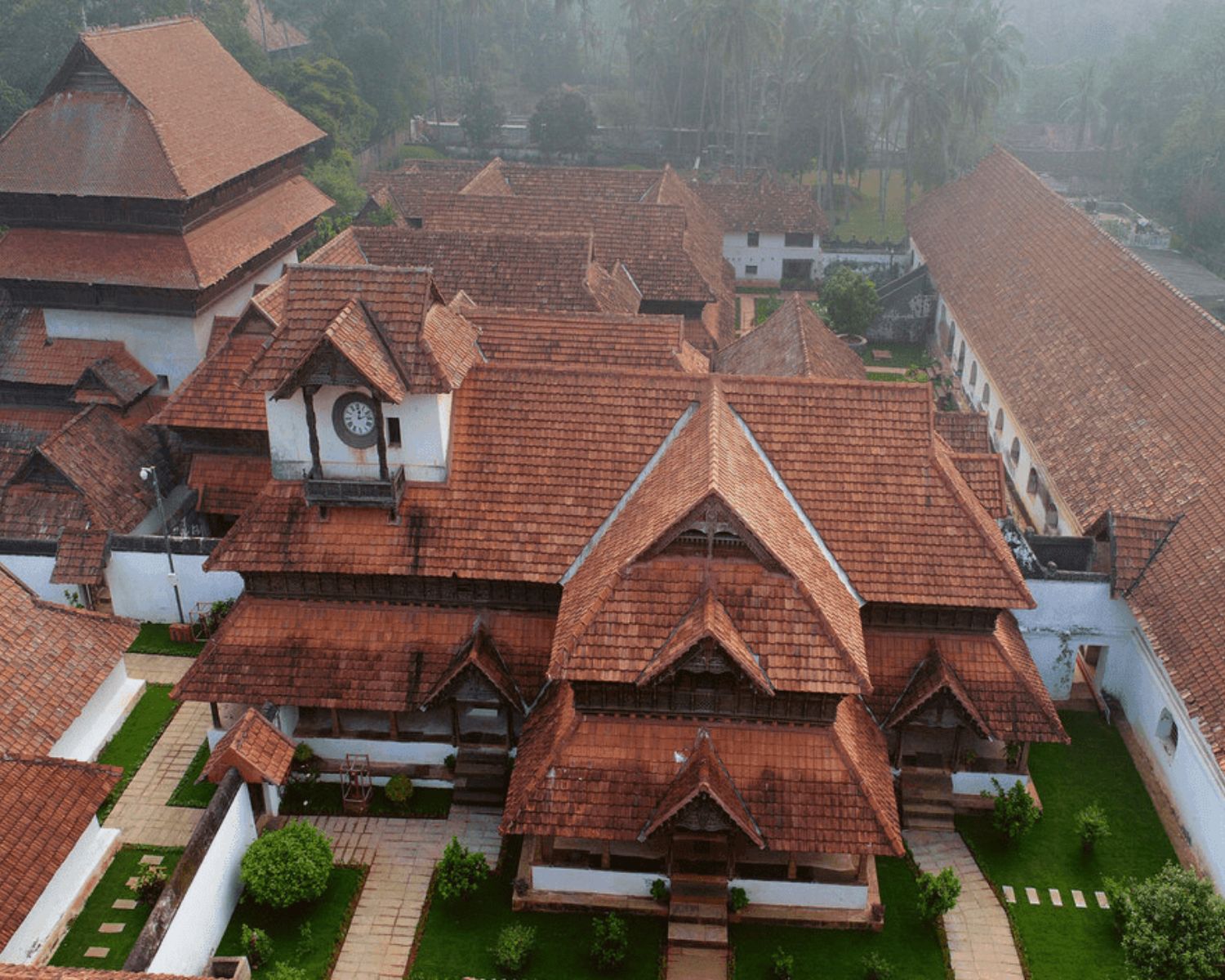
In a world of stone and steel, Padmanabhapuram is a sanctuary of organic soul. The Palace stirs an ancient remembrance that art, when woven with patience and humility, becomes timeless. Wandering its corridors, a seeker touches the presence of lives lived with grace stories told not through grand monuments, but through the slow shaping of wood into wonder.
A Living Legacy

Built in the 16th century by Iravi Varma Kulasekhara Perumal of the Travancore dynasty, Padmanabhapuram Palace served as the administrative heart before the capital shifted to Thiruvananthapuram. Crafted almost entirely of indigenous wood, the Palace is a living testament to Kerala’s architectural genius—built not to conquer, but to coexist with the tropical earth, air, and light. Despite shifting capitals and centuries, its spirit remains untouched, a song held in teak and laterite.
Traditions That Still Flow
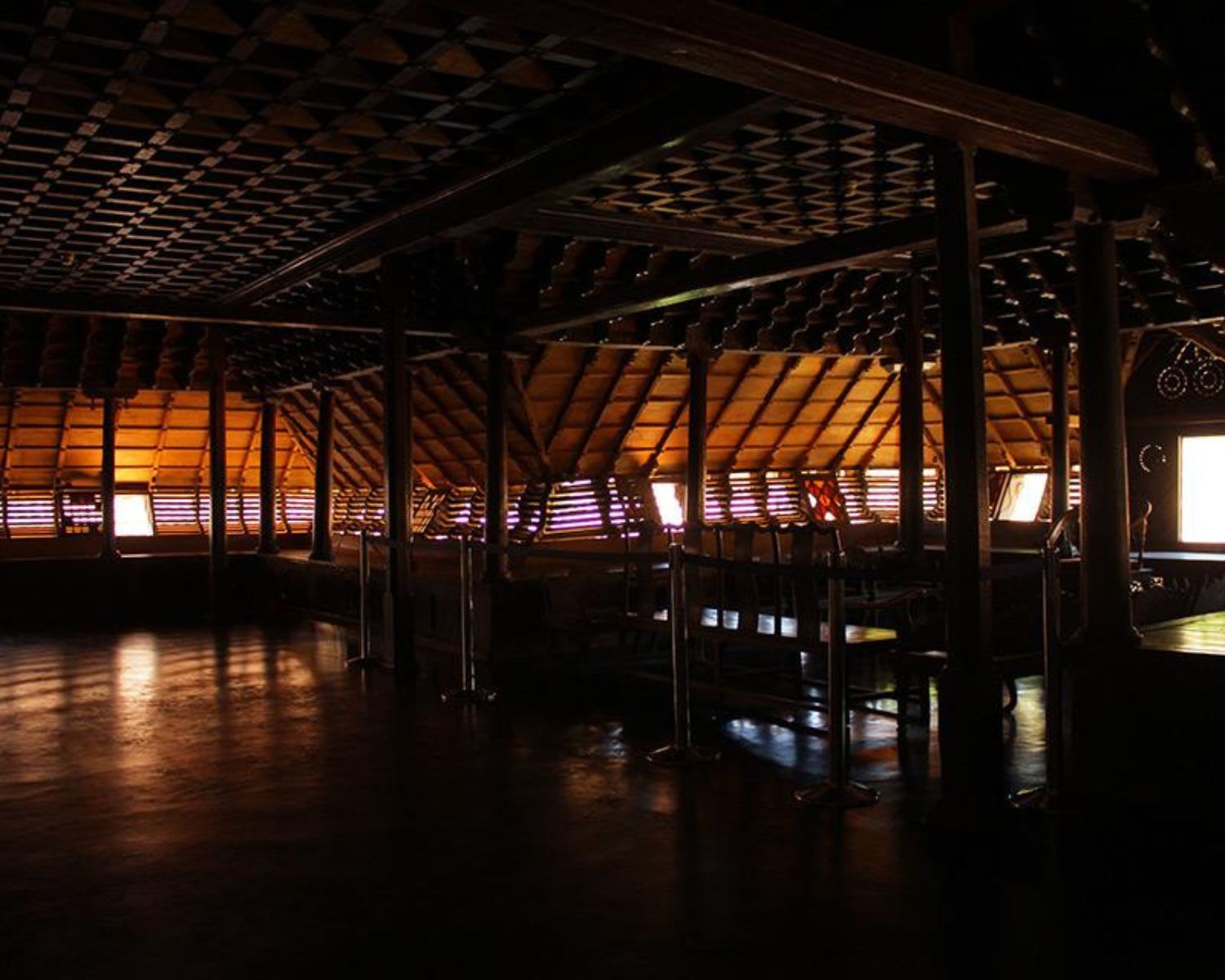
The Palace breathes with the memory of a living court Traditional festivals like Navaratri were once celebrated here, with music echoing through its inner halls. Today, its preservation is itself a ritual—a reverent tending to Kerala’s ancestral craft, honored by artisans and caretakers who regard it not as relic but as breathing legacy.
What to Expect During Your Visit
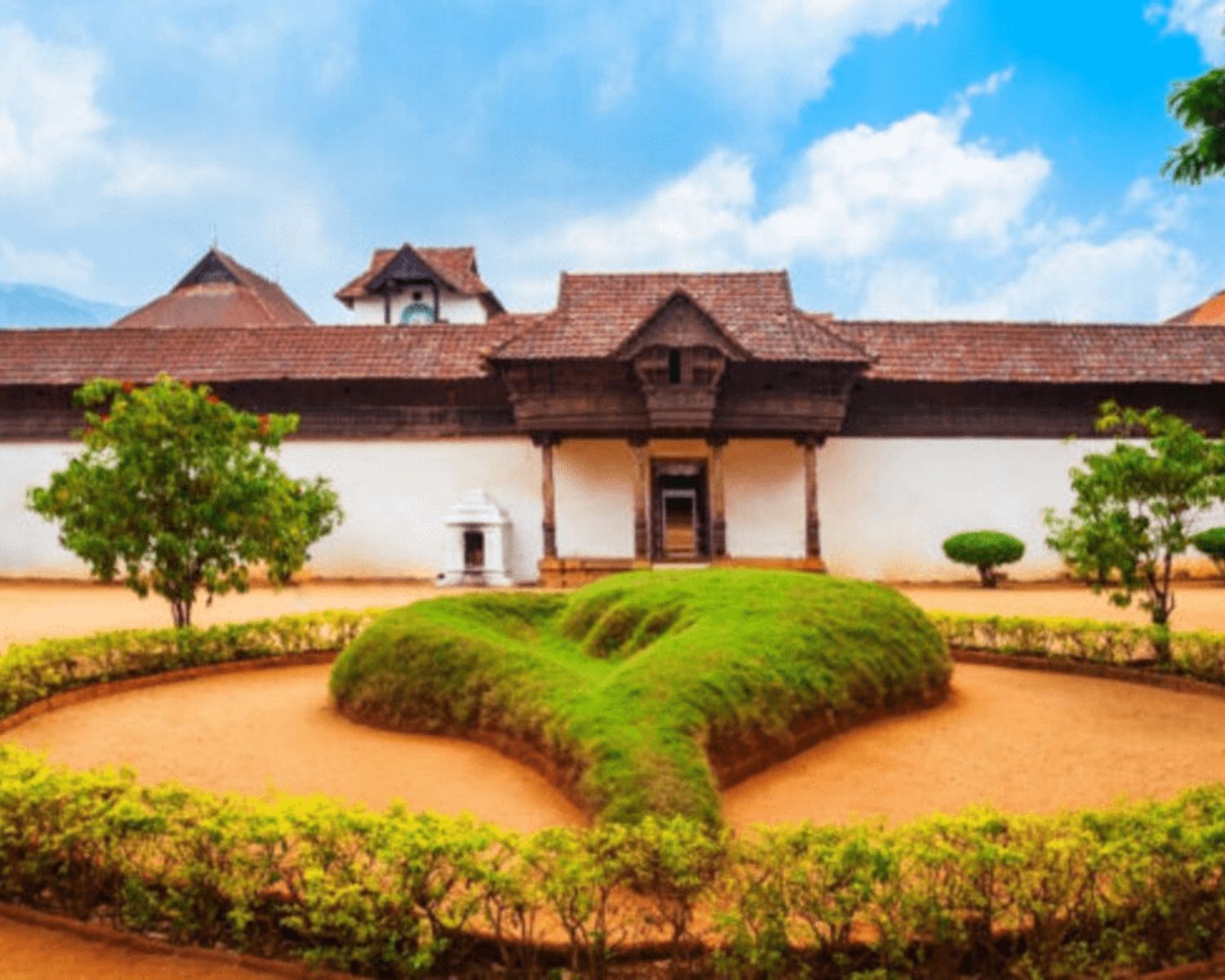
- The cool hush of the black-polished stone floors under your feet.
- Ceilings so intricately carved they seem spun from shadow and prayer.
- Secret courtyards where sunlight gathers like blessings.
- The gentle creak of a thousand-year-old door as it yields to your touch.
- Spend about 1.5-2 hours weaving through the Palace’s labyrinthine beauty.
- Move slowly from the Mantrasala (Council Chamber) to the King’s Bedroom, through airy inner courtyards like the “Ekantha Mandapam” (Hall of Solitude).
- Best time to visit Early morning (9 10 am) to feel the Palace awaken with light yet untouched by crowds.
Practical Guidance
- Best time to visit: November to February, when the weather is most temperate.
- Getting there: About 50 km from Thiruvananthapuram; best accessed by cab or bus.
- Accessibility: Multiple steps and narrow corridors; partial wheelchair access.
- Tickets: Approx. ₹35 (Indian nationals), ₹300 (foreigners); camera fee applies for photography inside.
Travel Tips & Etiquette
Guidelines
- Entry timings: 9:00 am-1:00 pm, 2:00 pm-4:30 pm; closed on Mondays and national holidays.
- Ticket price: ₹35 (Indians), ₹300 (foreign nationals); photography ticket ₹50-₹150.
- Restrooms: Available near entrance.
- Light & sound shows: None; the experience is contemplative and immersive.
Restrictions
- Move quietly; sound travels softly across the wooden walls.
- Wear comfortable, modest clothing preferably breathable cotton.
- Photography rules must be respected; avoid flash to protect the murals and woodwork.
- Refrain from touching fragile wooden carvings.

